1. Pompeii, Italy
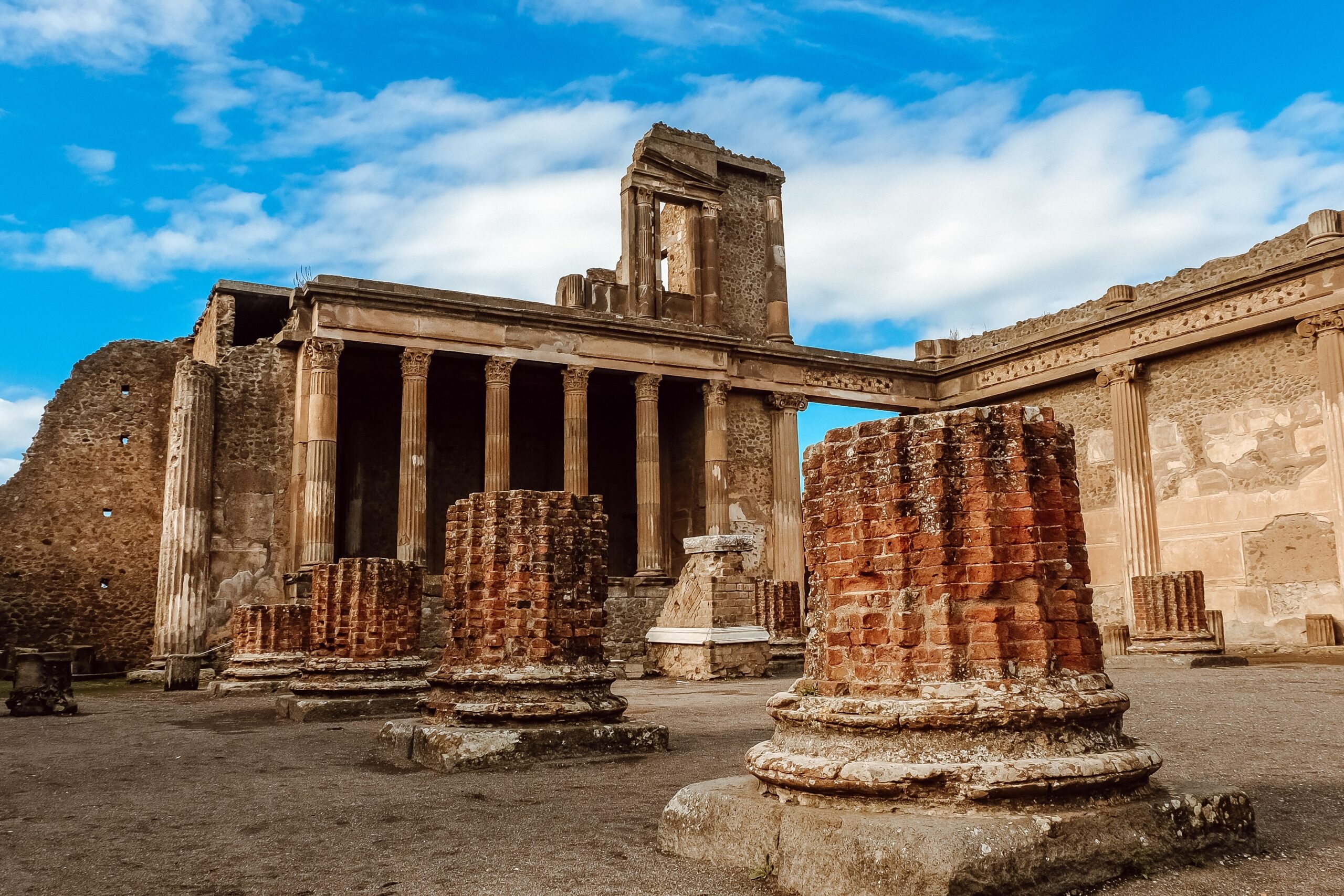
For centuries, Pompeii was buried beneath layers of ash, completely hidden from view. It wasn’t until 1748, when workers were digging to build a palace for the King of Naples, that they stumbled upon the city’s remains. What they uncovered was astonishing—a Roman city frozen in time since the eruption of Mount Vesuvius in 79 AD. Houses, mosaics, even graffiti had been preserved so well it looked like the residents had just stepped out for the day shares Stripes Europe.
Pompeii has given us one of the most detailed snapshots of Roman daily life. From bakeries with carbonized bread still in ovens to intimate drawings on walls, it’s a raw, vivid reminder that ancient people laughed, flirted, and argued just like we do. The plaster casts of victims, made by filling voids left in the ash, are haunting and humanizing. Without this accidental find, much of what we know about Roman life would have been left to imagination adds FOX Weather.
2. Machu Picchu, Peru
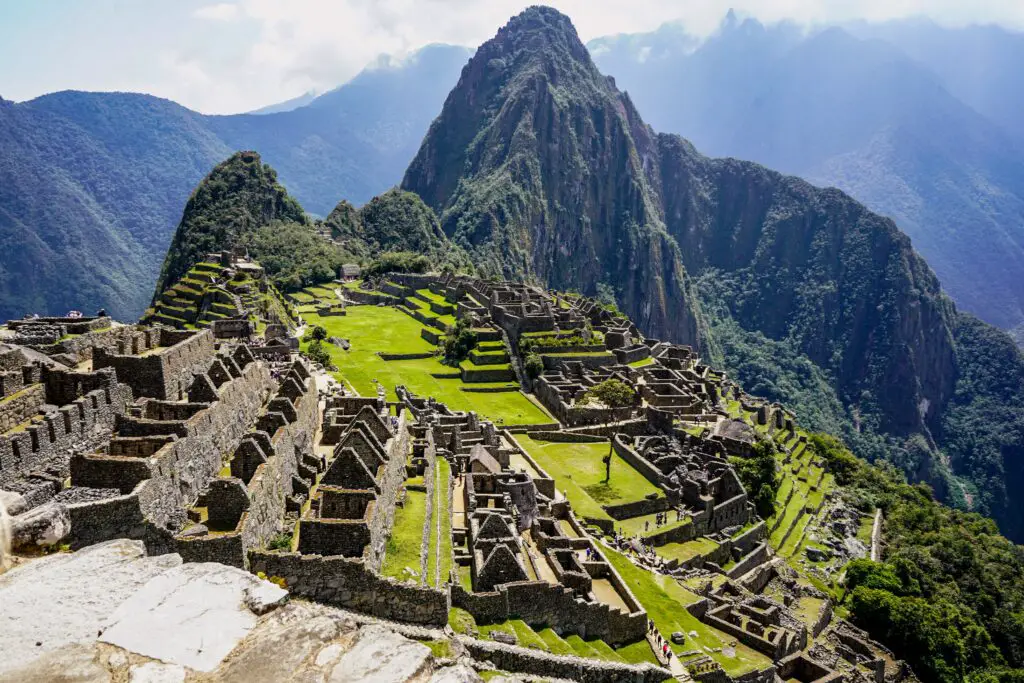
Hiram Bingham was actually looking for a different lost city when he came across Machu Picchu in 1911. Local farmers led him to the site, which had been overgrown by jungle and mostly forgotten by the outside world. The Inca citadel, perched high in the Andes, had escaped Spanish conquest entirely. Its preservation was largely due to its isolation and the thick vegetation that had swallowed it whole says AL.com.
The layout, with temples, terraces, and water channels, shows a remarkably advanced understanding of engineering and agriculture. It also hints at a deeply spiritual culture, with structures aligned to astronomical events. What’s fascinating is how the Incas built this stone city without the use of wheels or iron tools. The discovery of Machu Picchu challenged everything scholars thought they knew about Andean civilizations adds Daily Mail.
3. Troy, Turkey
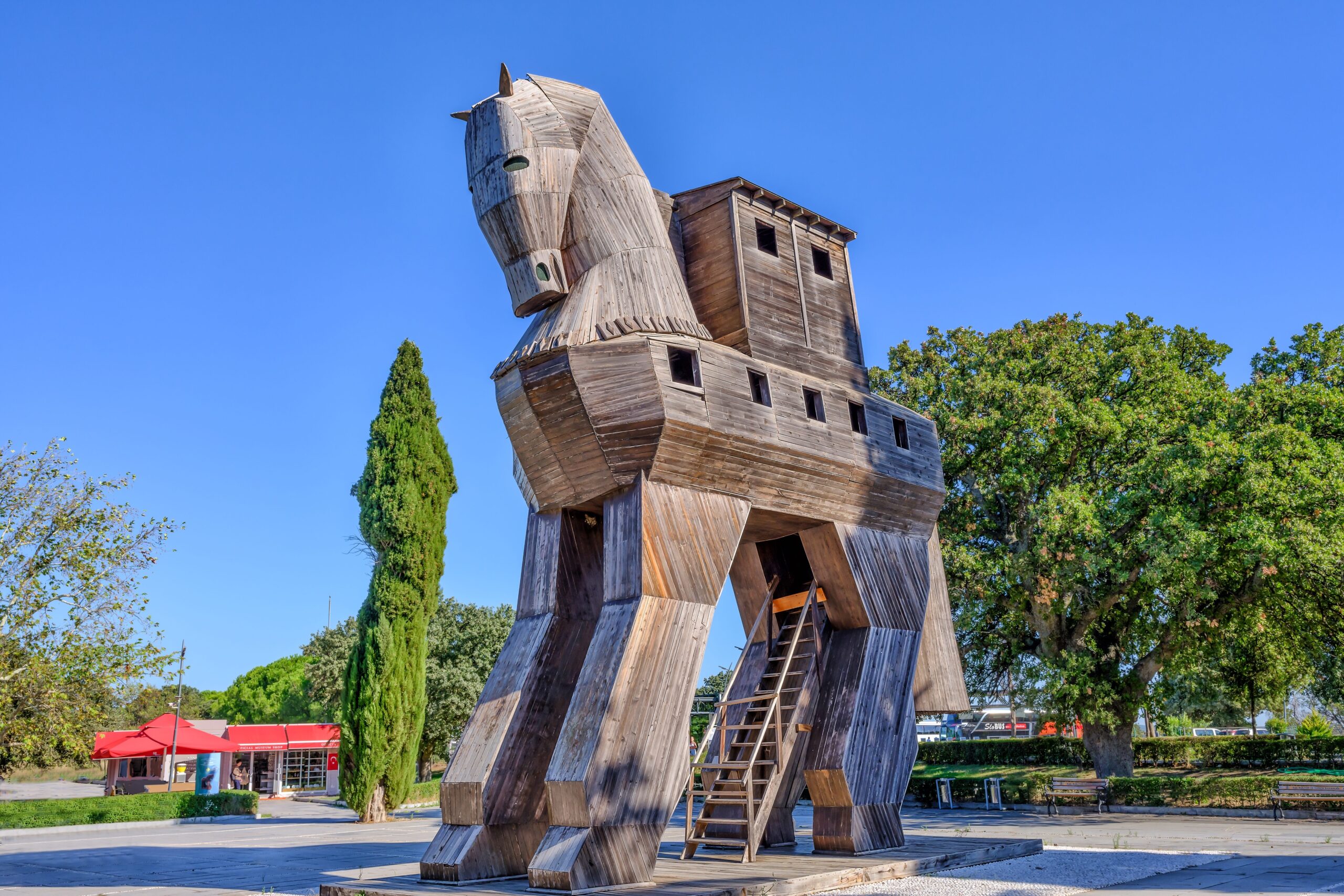
Troy was long believed to be a myth, a city invented by Homer in The Iliad. But in the 1870s, amateur archaeologist Heinrich Schliemann dug into a mound in modern-day Turkey and found layers upon layers of ancient cities—nine in total—built on top of each other. One of them matched the timeline and description of Homer’s legendary Troy. He had essentially stumbled upon proof that myth might be rooted in truth.
The site revealed defensive walls, weapons, and evidence of fire and warfare, lending credence to stories of battles and sieges. It sparked debates that still rage today about how much of The Iliad is factual. More importantly, it showed that oral traditions might preserve real history under layers of embellishment. The rediscovery of Troy blurred the line between legend and archaeology in a way no one expected.
4. Petra, Jordan
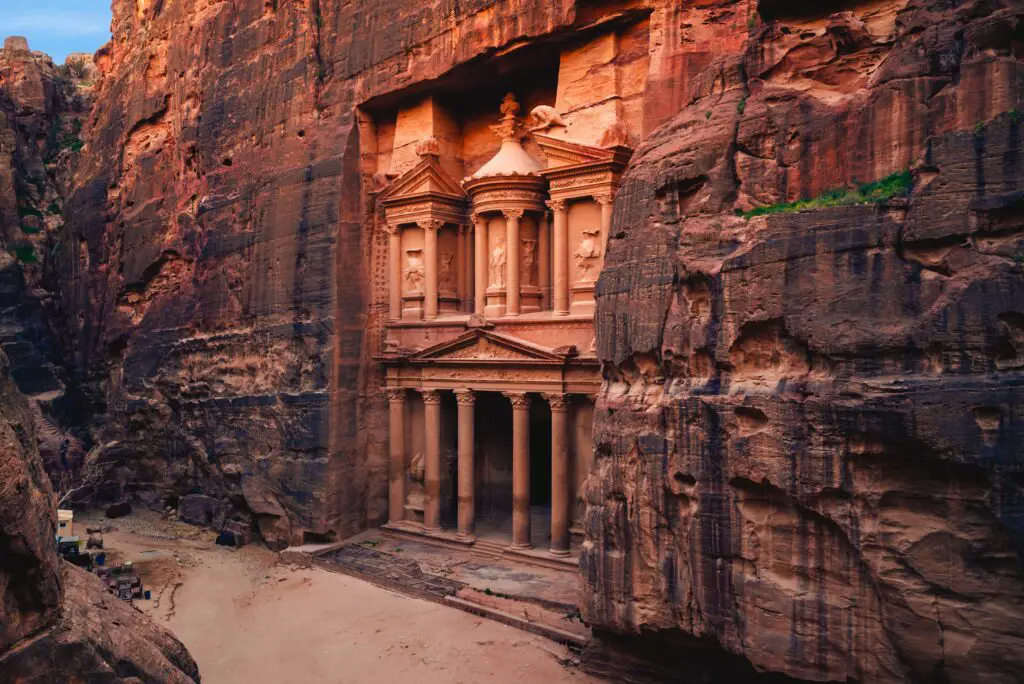
Petra was known to locals but largely forgotten by the Western world until Swiss explorer Johann Ludwig Burckhardt rediscovered it in 1812. Disguised as a Muslim traveler, he convinced a guide to take him to the ancient city, which had been carved into rose-colored cliffs. What he found was breathtaking: temples, tombs, and a massive amphitheater all hidden behind a narrow canyon called the Siq.
Petra had once been a thriving trade hub for the Nabataeans, but earthquakes and shifting trade routes led to its abandonment. Its rediscovery opened a window into a civilization known for its water engineering and artistic mastery. The elaborate façades carved directly into rock still leave visitors awestruck. It reminded historians that some of the world’s greatest cities might be tucked away in the most unlikely places.
5. Angkor Wat, Cambodia
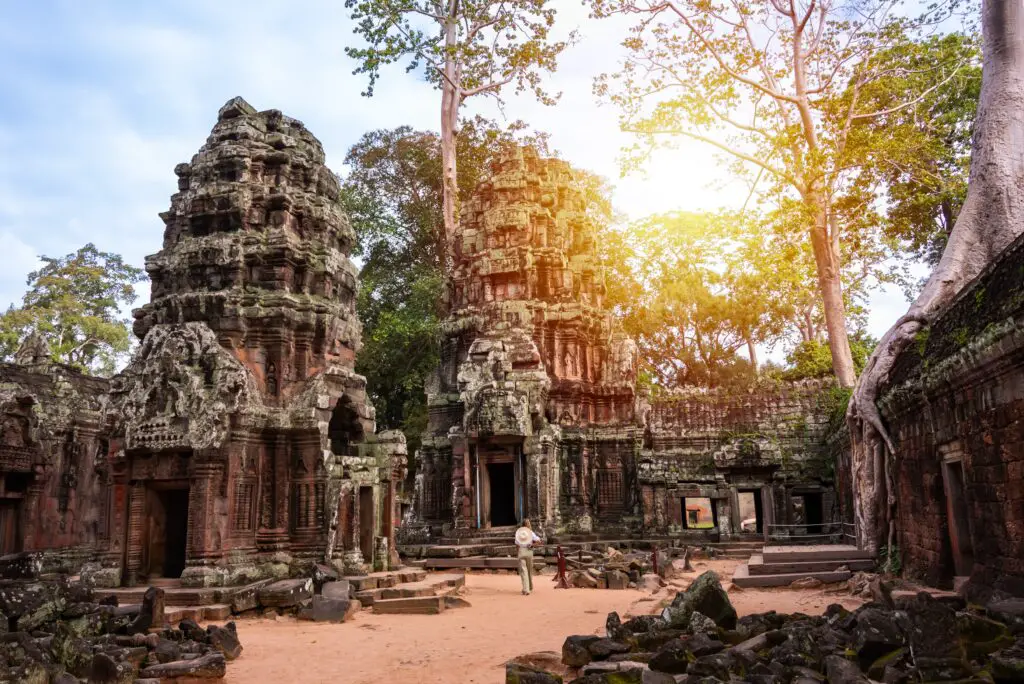
While Angkor Wat was never completely forgotten, it was swallowed by dense jungle and largely unknown to the outside world until French explorer Henri Mouhot popularized it in the mid-1800s. Locals knew of the site, but Westerners were stunned by its size and complexity when it was reintroduced to the world. The sprawling temple complex was once the center of the powerful Khmer Empire.
What it revealed was astonishing: a civilization with immense architectural skill and sophisticated city planning, complete with reservoirs and roads. Satellite imaging has since shown that Angkor was once one of the largest pre-industrial cities in the world. Its art and inscriptions offered deep insight into Khmer religion, politics, and daily life. Rediscovering Angkor Wat reshaped how historians viewed Southeast Asia’s historical significance.
6. Herculaneum, Italy
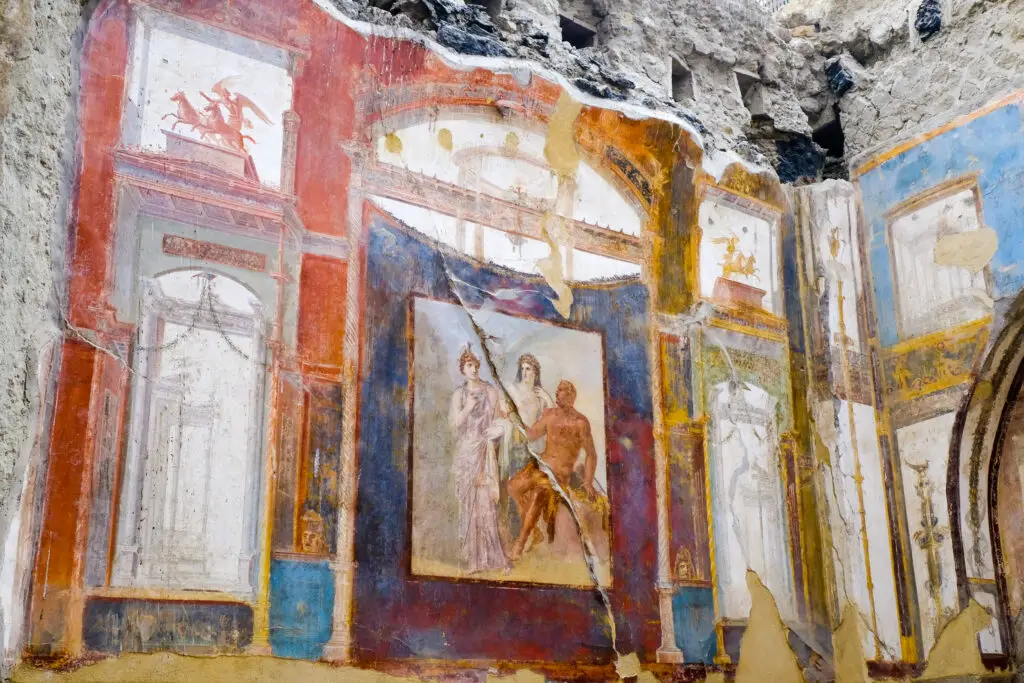
Often overshadowed by its more famous neighbor Pompeii, Herculaneum was also buried by the eruption of Mount Vesuvius. In the early 18th century, workers digging a well accidentally struck ancient marble and ruins. Excavations revealed that Herculaneum had been covered in a different way—by pyroclastic surges that carbonized wood and preserved second stories of buildings.
This city offered a richer, more intact look at Roman life, with libraries, intricate wood furniture, and even food remains. The discovery of a massive villa, thought to belong to Julius Caesar’s father-in-law, contained hundreds of papyrus scrolls. Though damaged, they remain one of the only surviving libraries from antiquity. Herculaneum filled in the gaps Pompeii left behind, deepening our understanding of Roman society.
7. Mohenjo-Daro, Pakistan
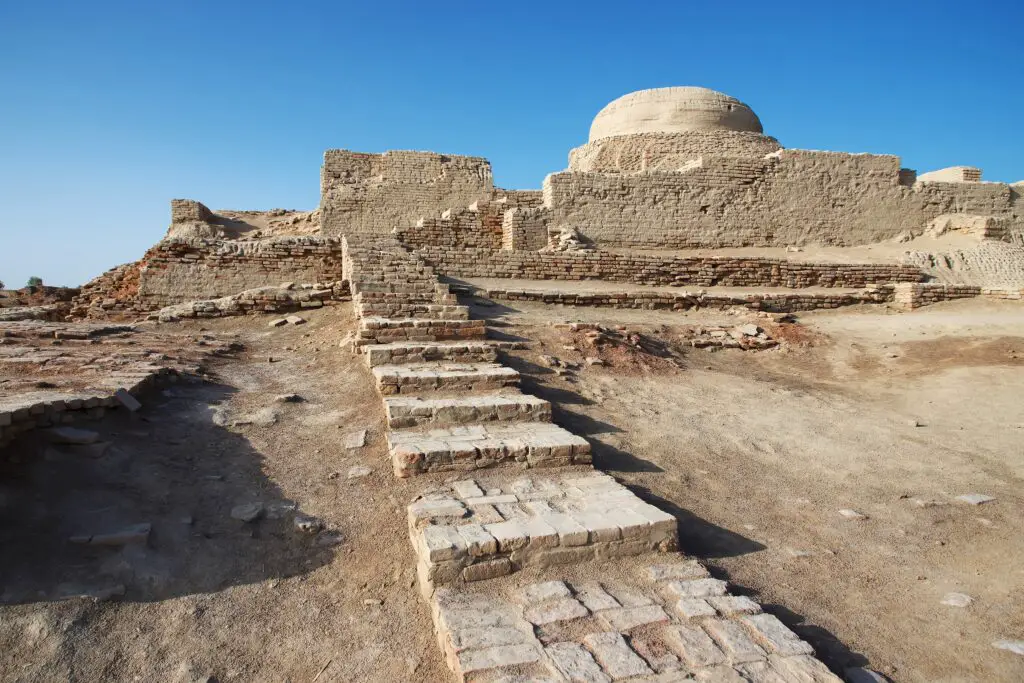
In the 1920s, while surveying for a railway, British workers stumbled upon brick ruins that turned out to be part of the ancient city of Mohenjo-Daro. Located in present-day Pakistan, it was one of the principal cities of the Indus Valley Civilization, which thrived around 2500 BC. What’s remarkable is how advanced the city was, with straight streets, drainage systems, and multi-story buildings.
Yet there’s still so much mystery surrounding it—there’s no clear evidence of kings, temples, or armies. It challenges long-held assumptions about early urban life, especially the idea that hierarchy and warfare were necessary for city development. The city’s rediscovery expanded our view of ancient civilizations beyond Mesopotamia and Egypt. Mohenjo-Daro remains one of the greatest archaeological enigmas ever uncovered.
8. Tikal, Guatemala
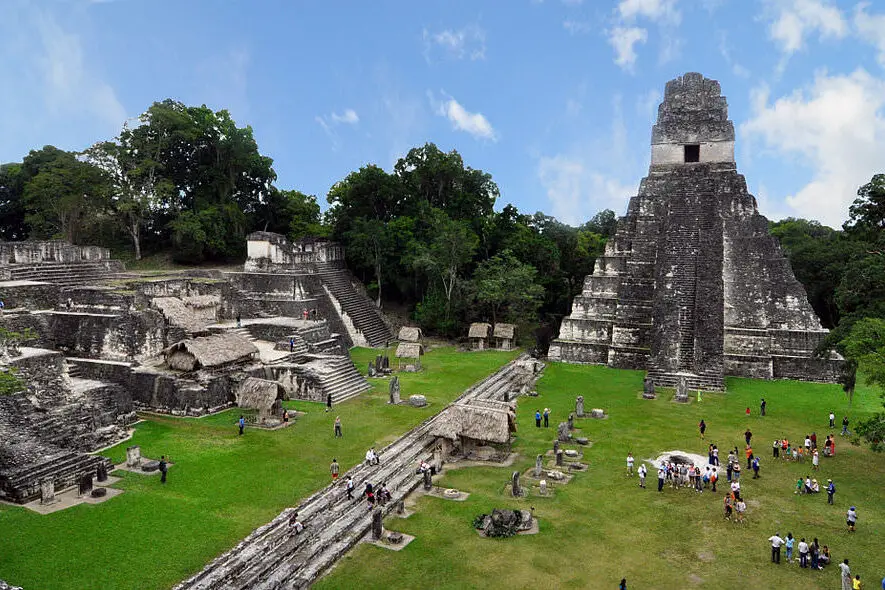
In the 1800s, gum collectors roaming the jungles of Guatemala stumbled upon towering ruins hidden beneath centuries of vegetation. These turned out to be part of Tikal, one of the most powerful cities of the ancient Maya. Over time, archaeologists uncovered pyramids, palaces, and an acropolis surrounded by dense rainforest.
Tikal revealed a society with complex rituals, astronomical knowledge, and political alliances that stretched far across Mesoamerica. Its stelae and carvings helped decode the Mayan calendar and hieroglyphs. The scale of the city was shocking, showing it had once supported tens of thousands of people. Rediscovering Tikal helped reestablish the Maya as one of the great civilizations of the ancient world.
9. Knossos, Crete

In the early 1900s, British archaeologist Arthur Evans bought land near the village of Kephala in Crete and began to dig. What he found was the vast Palace of Knossos, heart of the ancient Minoan civilization. The site had long been linked to the myth of the Minotaur and the Labyrinth, but no one knew the truth. Evans’s discovery proved that a highly advanced Bronze Age culture existed in the Aegean before the Greeks.
The frescoes, intricate plumbing, and storerooms full of large jars showed a society rich in art and trade. It challenged the timeline of European civilization and offered insight into a culture with strong ties to nature and mythology. The vivid artwork and complex architecture brought a forgotten chapter of Mediterranean history back to life. Knossos showed that myth sometimes carries echoes of real places.
10. El Mirador, Guatemala
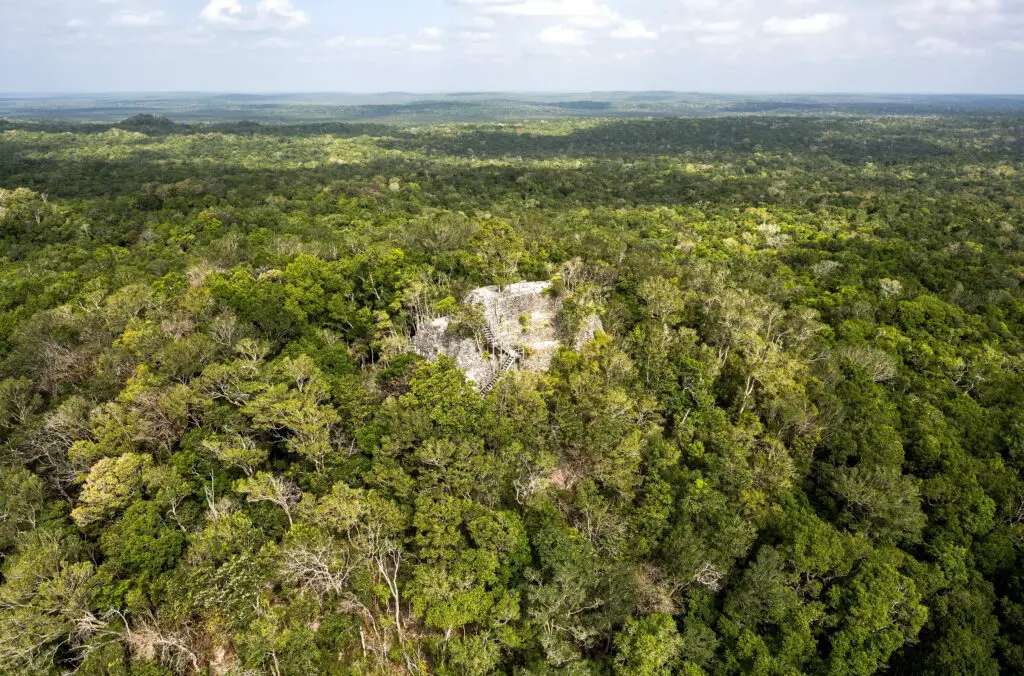
In the 1920s, aerial surveys led to the identification of a massive site hidden deep within the jungle. It wasn’t fully explored until the 1970s, but El Mirador turned out to be one of the largest and oldest Maya cities ever found. Its pyramids were so overgrown that they had been mistaken for hills. Once excavation began, archaeologists realized the city predated many of the more famous Maya sites.
El Mirador revealed early examples of Maya writing and a complex network of causeways connecting city centers. Its discovery pushed back the timeline of Maya development by centuries. The city’s scale suggests a level of organization and ambition that surprised even the experts. Rediscovering El Mirador proved that the Maya had already achieved urban complexity long before their classic period.
11. Akrotiri, Santorini
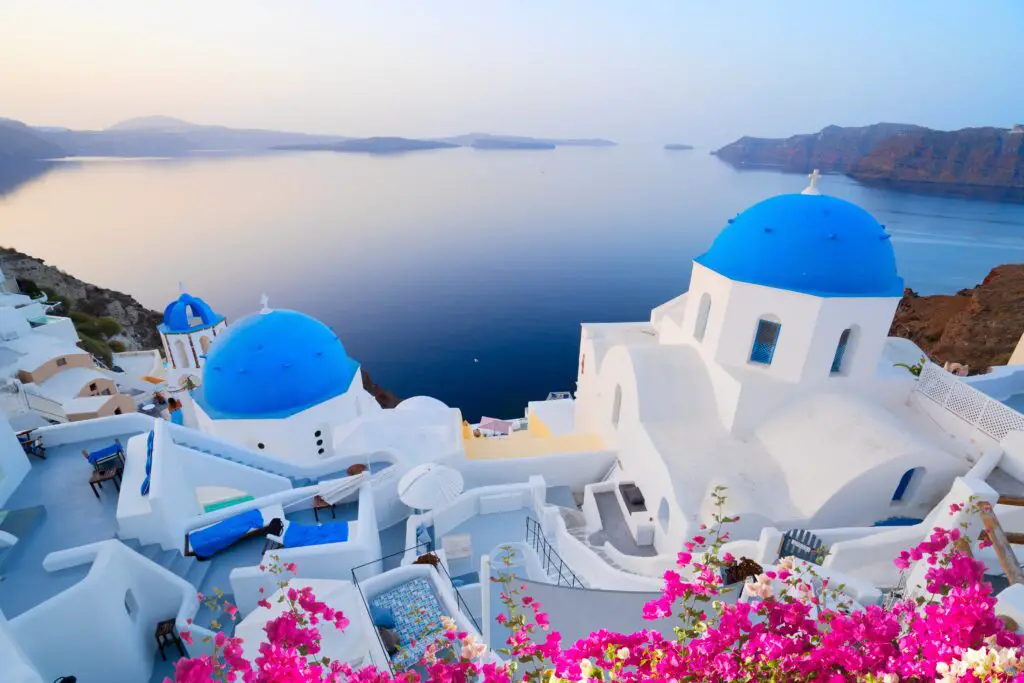
In 1867, miners digging for pumice after a volcanic eruption on Santorini uncovered the ruins of Akrotiri. The site had been buried under volcanic ash since around 1600 BC, much like Pompeii, preserving it in extraordinary detail. It belonged to the Minoan civilization and featured multi-story buildings, paved streets, and colorful frescoes.
The absence of bodies suggested that people had evacuated before the eruption, possibly warning nearby regions like Crete. Some scholars believe the disaster may have inspired the legend of Atlantis. Akrotiri provided a rare look at a Bronze Age culture thriving in the Aegean long before classical Greece. Its rediscovery helped connect the dots between ancient Mediterranean civilizations.
12. Çatalhöyük, Turkey
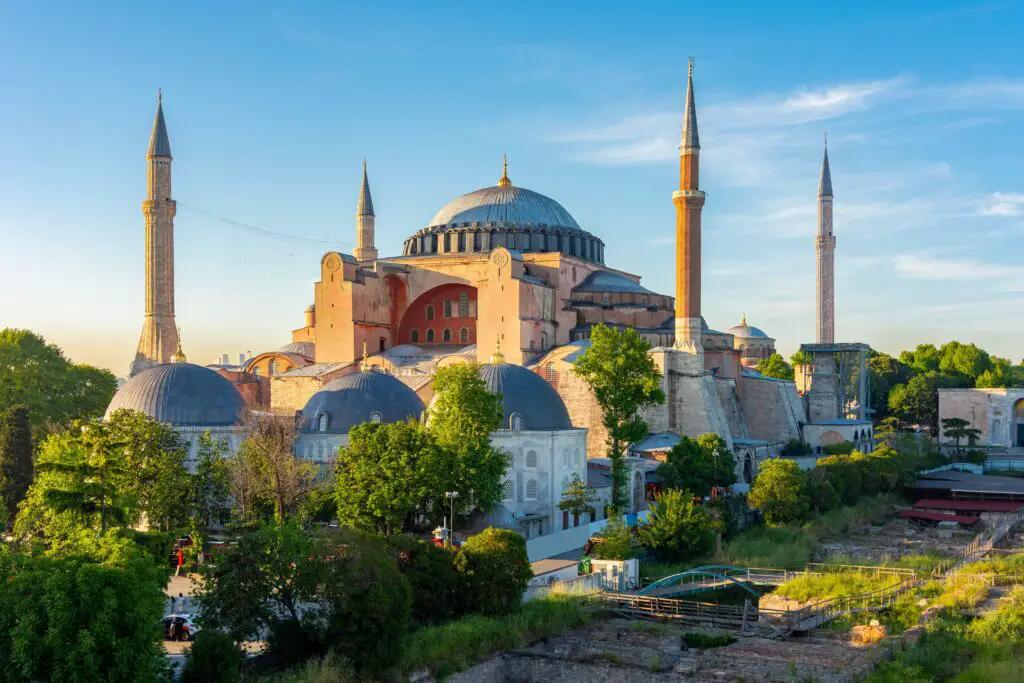
In 1958, a British archaeologist named James Mellaart stumbled upon Çatalhöyük while surveying the Konya Plain in Turkey. What he uncovered turned out to be one of the oldest known cities in the world, dating back to around 7500 BC. The site had no streets—homes were connected by rooftops and people moved through ladders and holes in ceilings.
Inside, the walls were decorated with vibrant murals and shrines, showing a symbolic, spiritual way of life. There was little evidence of social hierarchy, hinting at a surprisingly egalitarian society for its time. Its rediscovery challenged assumptions about the birth of cities and urban planning. Çatalhöyük taught us that even the earliest people lived in tightly knit, meaningful communities.
